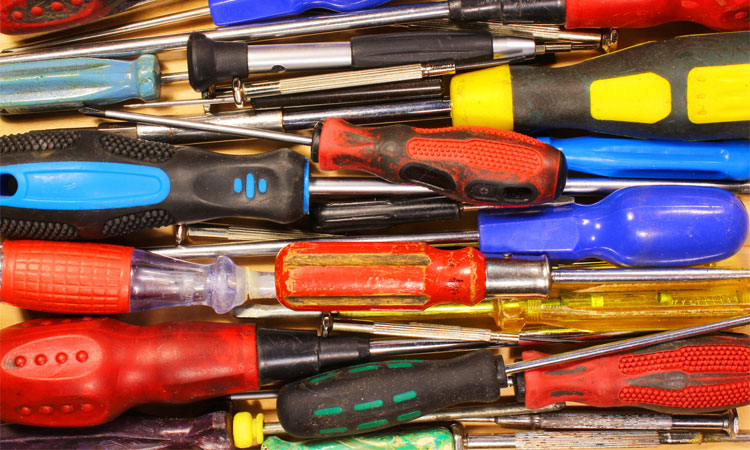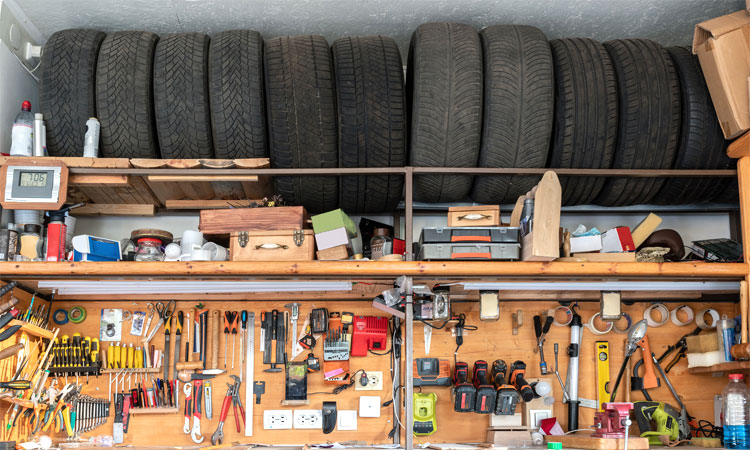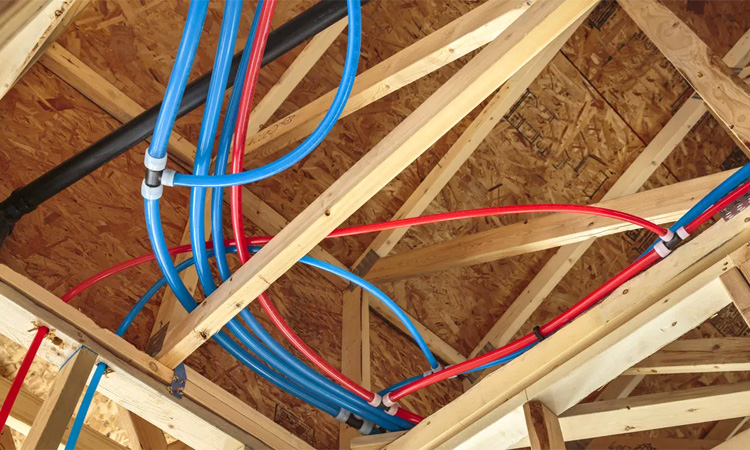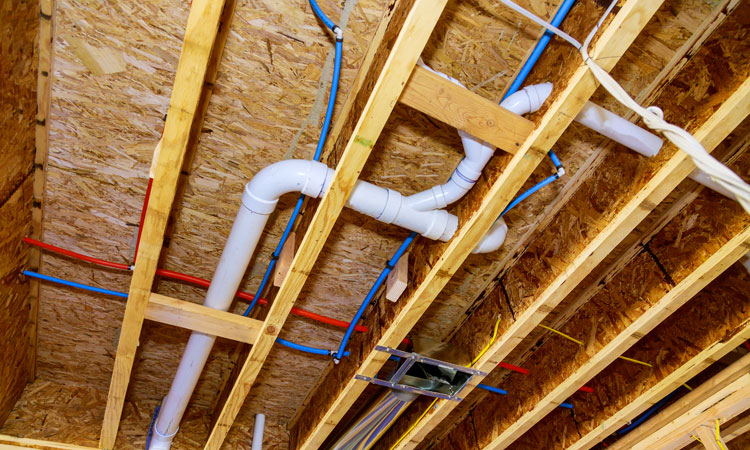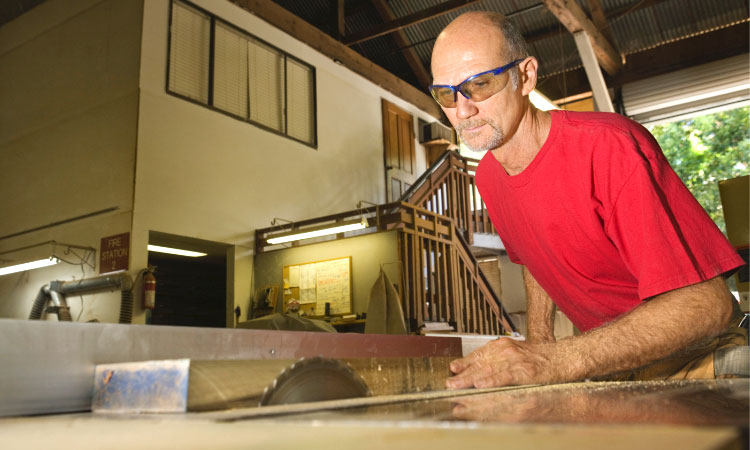Beginner’s Guide to Oxy-Acetylene Welding
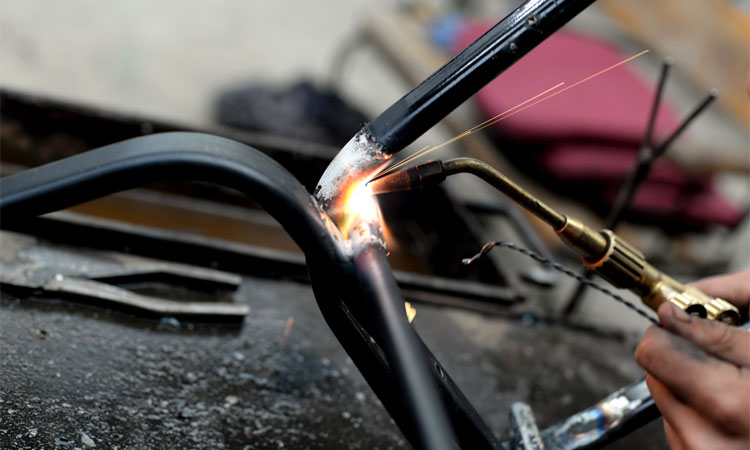
Oxy-Acetylene welding is a tried and true method for fusing metals. It combines oxygen and acetylene gases to form a superheated flame that melts and joins two pieces of metal. It is an intricate process that requires a great degree of skill, focus and patience, but don’t be discouraged.
With the right information and proper application you can learn the oxy-acetylene method and excel at it. You just need to understand how the process works and take the proper safety precautions before you begin.
Getting Started
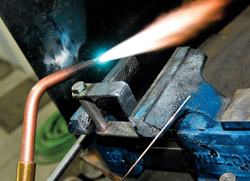 The first thing you need to do is familiarize yourself with the equipment and how it all works. Almost all beginner oxy-acetylene torch kits contain everything you need to get started (except for the oxygen and acetylene). You’ll need to fill or exchange the empty tanks that came with your kit at any welding supplies retailer.
The first thing you need to do is familiarize yourself with the equipment and how it all works. Almost all beginner oxy-acetylene torch kits contain everything you need to get started (except for the oxygen and acetylene). You’ll need to fill or exchange the empty tanks that came with your kit at any welding supplies retailer.
Your main piece of equipment will be your welding torch. The torch’s primary function is to regulate and control how the gases flow while you’re welding. The torch is made up of a handle, mixing chamber and oxygen and gas valves. The gas and oxygen travels through the handle, mixes at the tip and ignites.
Now that you understand how your torch functions you can connect it to the rest of your equipment and check for any signs of damage. There is a cylinder to hold your oxygen and acetylene. It should be thoroughly checked for any signs of dents or punctures.
Once it passes inspection, you can attach the regulator, which controls the pressure in the cylinder to make sure its compatible with the welding torch. Now, attach the regulator to the torch using a welding hose. Make sure the hose has no holes and is securely attached.
The most important, and last step, is to check the valves. The valves are what stops the oxygen and acetylene from mixing too soon. Otherwise, they could combine early and cause an explosion inside the welding hose.
As a precaution you should have a flash back arrestor attached to your torch. The arrestor is a spring-loaded trap that stops gas from flowing back during a flashback.
When you begin welding keep these tips foremost in your mind to avoid missteps and ensure your safety:
- Keep the welding hose a safe distance from the flame of the torch at all times
- ALWAYS wear the proper safety gear: A welding helmet (or goggles) with a #5 shade, flame retardant clothing, and gloves are a must!
- Have a fire extinguisher nearby when you weld
- Only use a striker to ignite the flame: Never use any type of lighter or match
Follow these instructions every time you weld. Keep in mind that gas welding is a slow process. It takes time to develop the proper technique and weld properly. In the beginning you will probably only be able to cut with the torch, fusing will only be possible after lots of practice. Again, don’t give up: if you keep practicing you will master the process in no time.
See also: Into to Plasma Cutting

